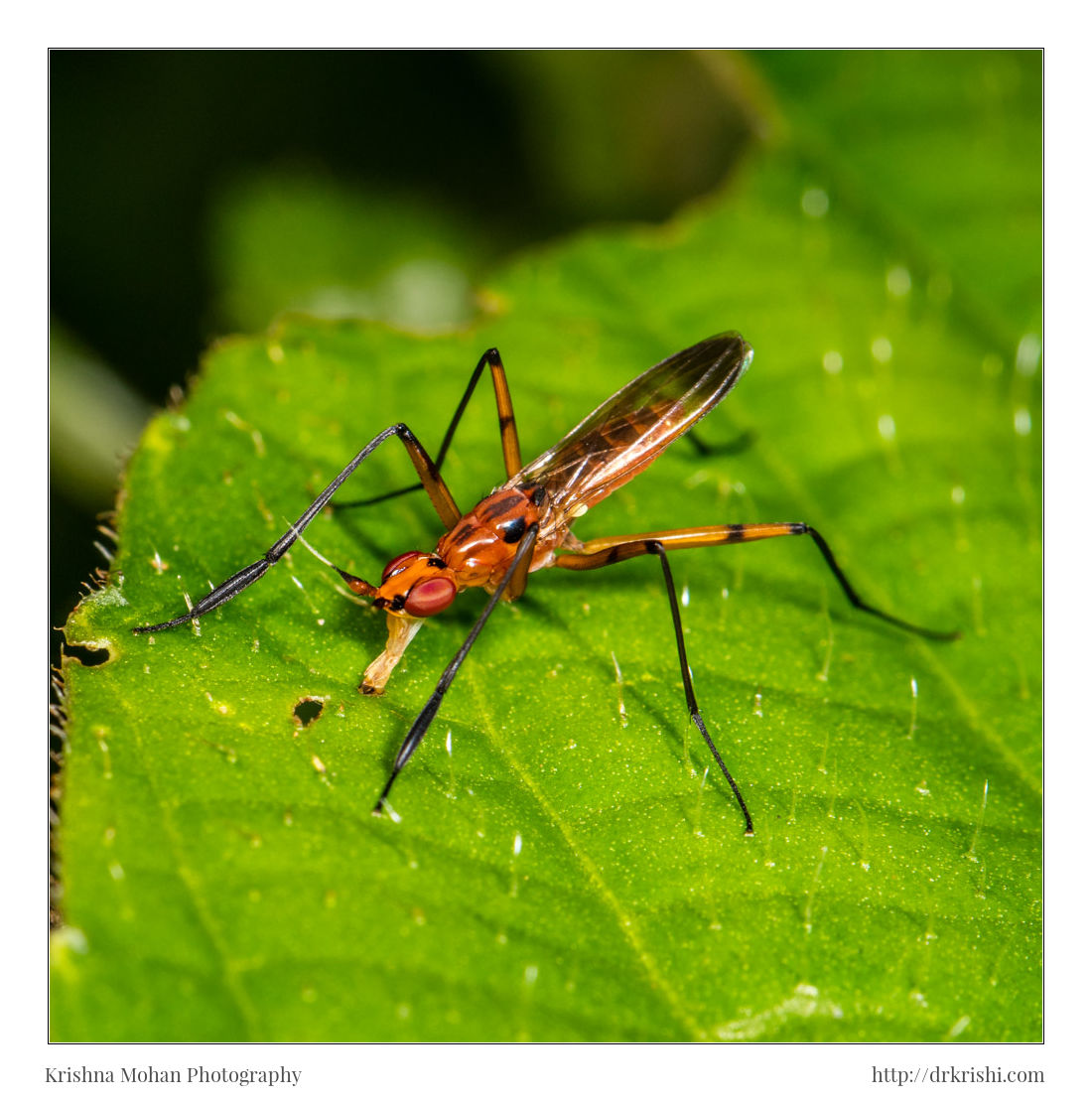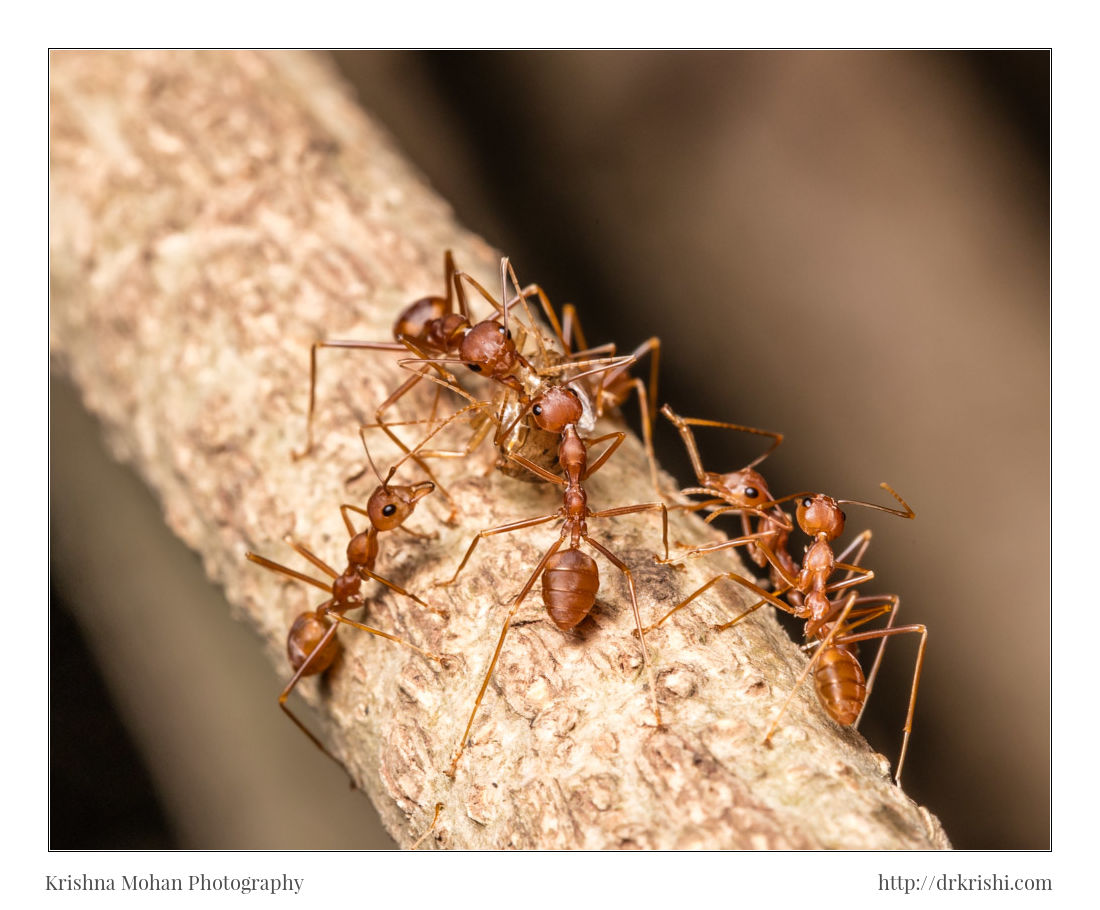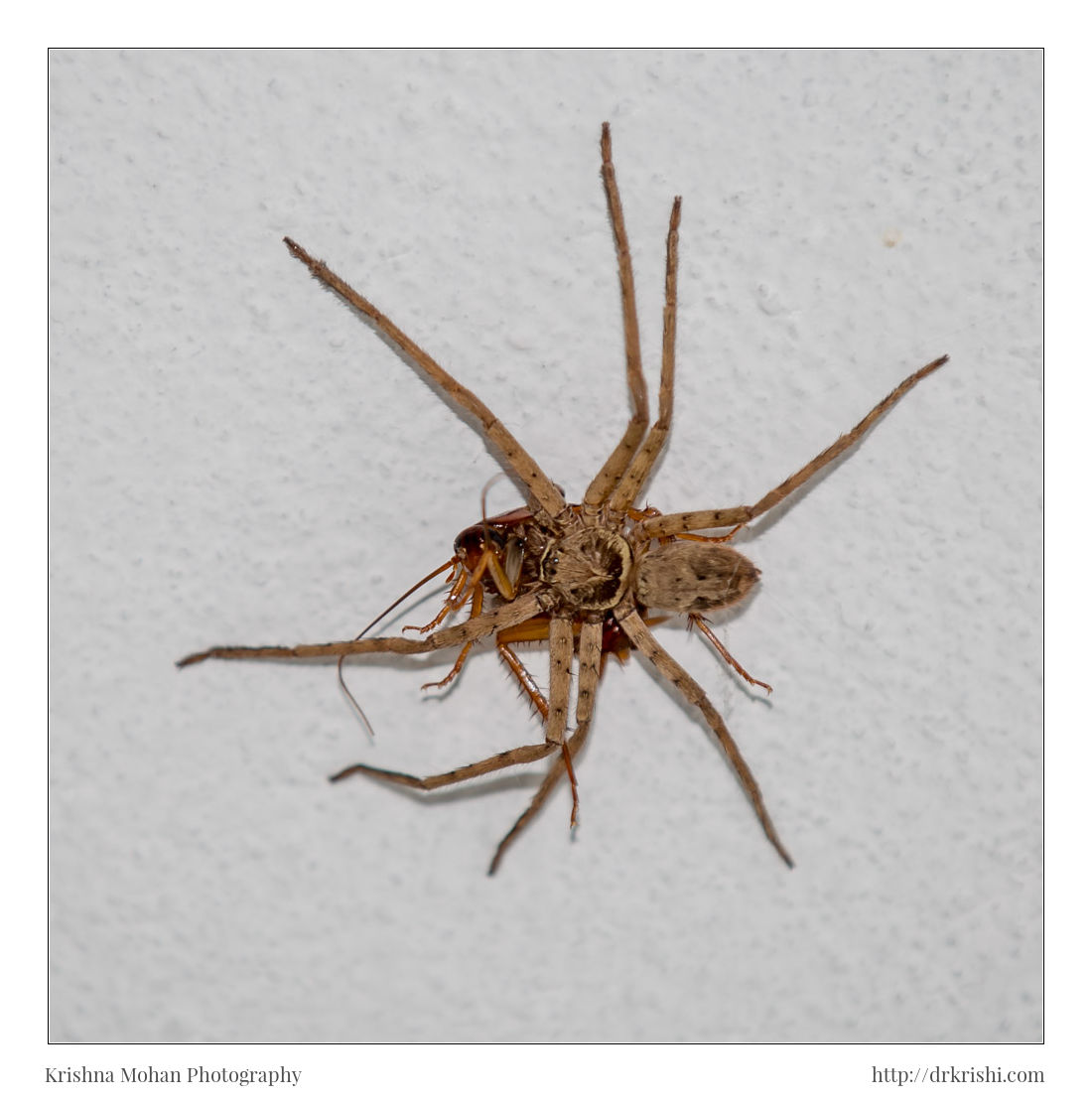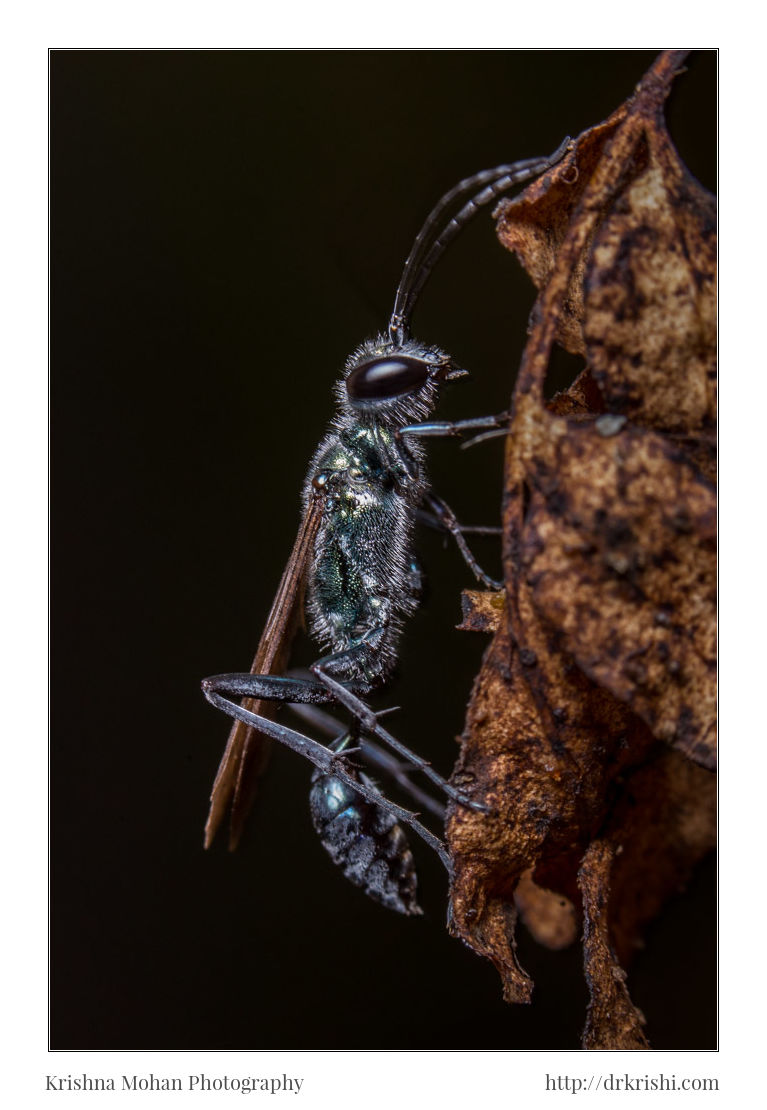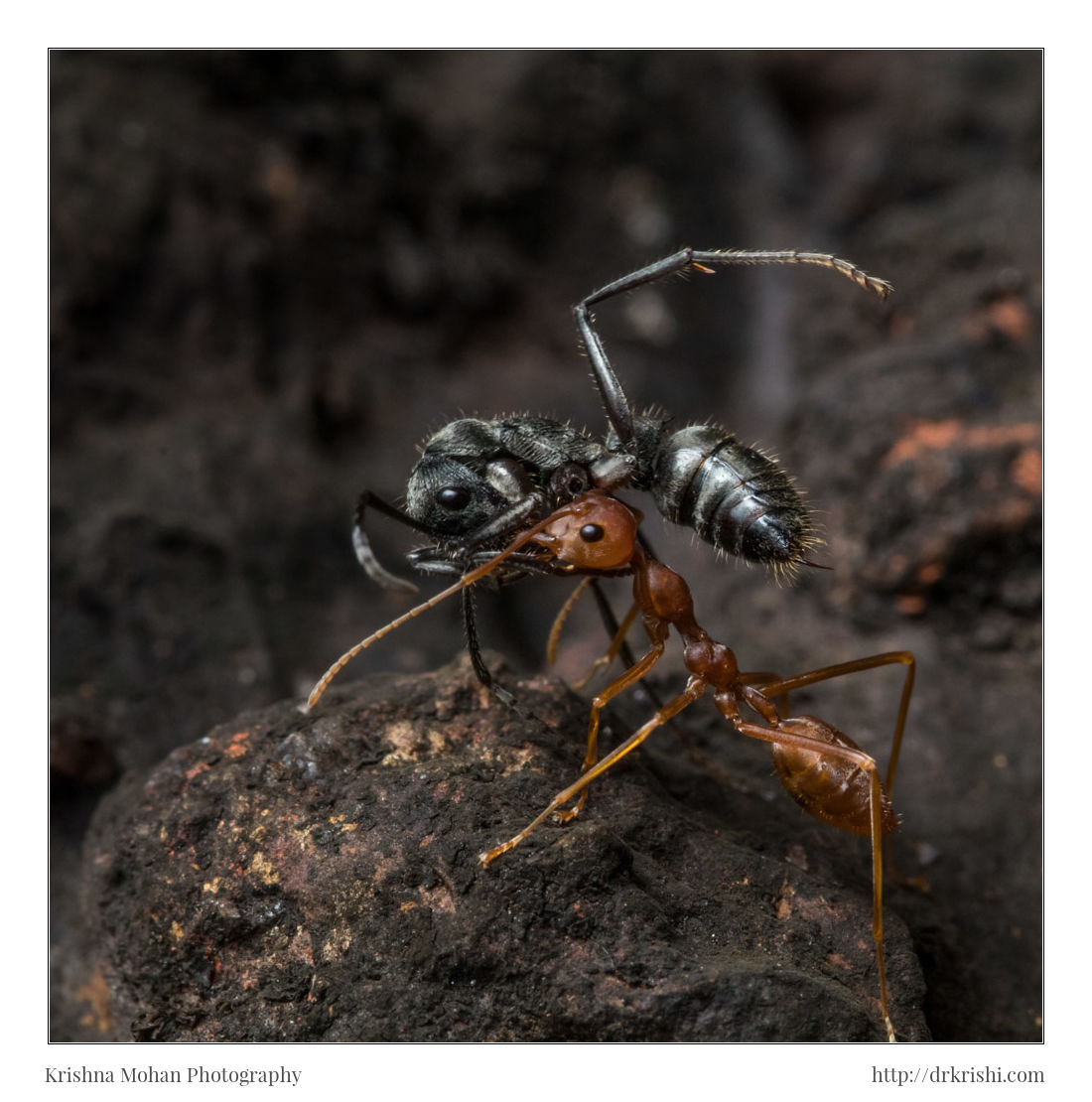Cactus Fly
I found this Cactus Fly belonging to Telostylus species. This single fly was a tough one to capture as it used to disappear behind leaves as soon as its big eyes spotted my camera. I had to wait for it to reappear and disappear again. We both were playing hide and seek in the process. … Read more

